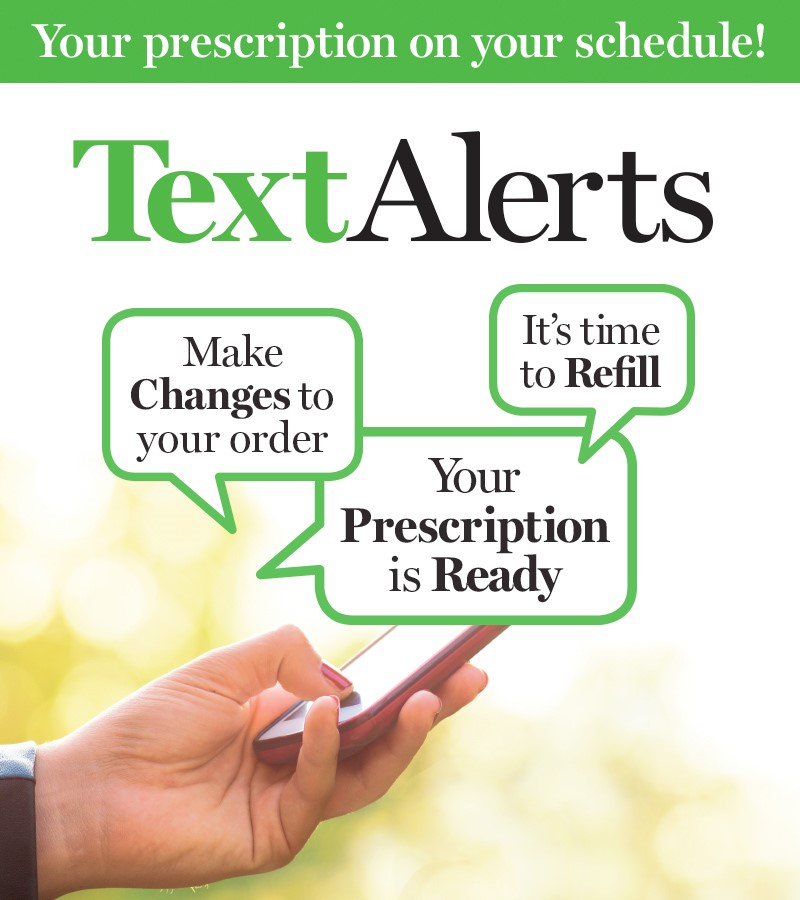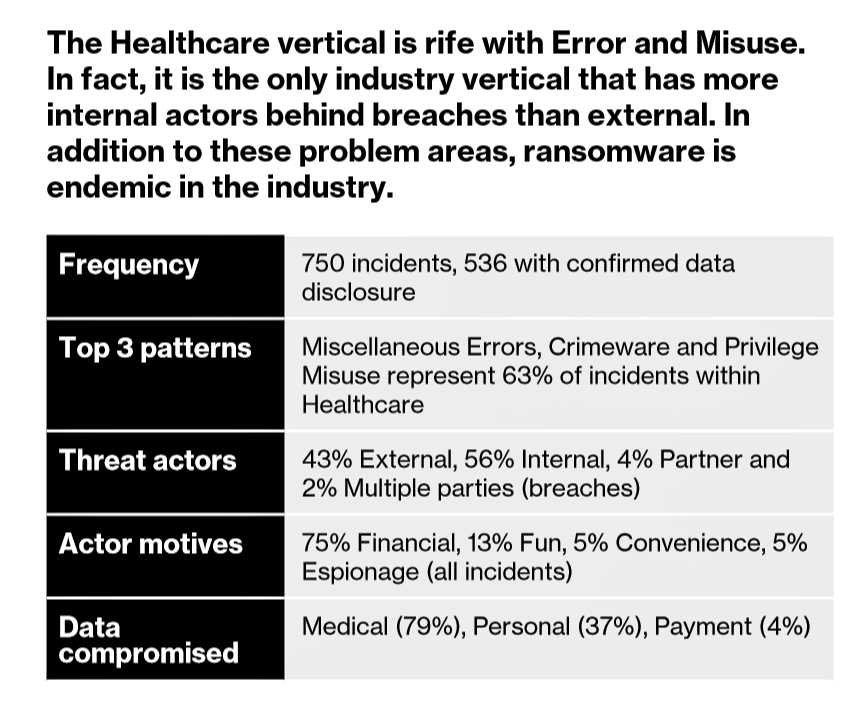Half of U.S. patients were offered online access to their health records by providers or insurers, and one-half of them accessed the EHR at least once in the last year. One in four of those offered online EHR access looked at them more than 3 times.
It takes a good nudge from a provider to motivate a patient to access online medical records, found by ONC in their latest research into consumers’ use of EHRs detailed in Individuals’ use of online medical records and technology for health needs, the ONC Data Brief No. 40, published April 2018.
 he concept of patients accessing EHRs is a health behavior change challenge: 63% of physicians whose providers encouraged them to look at the EHR did so; only 38% of patients with providers that did not encourage EHR access looked at their records.
he concept of patients accessing EHRs is a health behavior change challenge: 63% of physicians whose providers encouraged them to look at the EHR did so; only 38% of patients with providers that did not encourage EHR access looked at their records.
So why don’t patients use online health records yet? 59% of those who do not say they just “don’t have a need” to use their online medical record.
Among those patients who do access their EHR, the most important data sought were lab test results (for 92% of those who accessed their EHR), current list of medications (79%), summaries of their office visit (76%), and a list of health/medical problems 70%. One-half of patients wanted to see their clinical notes, a growing demand that’s being nurtured by the OpenNotes project.
In terms of consumer health workflows, accessing the EHR is about “tests and tasks:” 85% looked to view test results, and 62% wanted to perform a health-related task like requesting prescription refills and making appointments online. (See the Hot Points, below, for how these patient life-flows are being met by innovative providers both inside and outside the healthcare system).
 Health Populi’s Hot Points: Designing for patient experience, that is user/consumer experience (UX/CX), is a key to inspiring people to engage in their health, which I wrote about yesterday here in Health Populi. I divulged that my favorite supermarket chain is Wegmans (who is not a client of THINK-Health). This morning in my inbox, I received news from the grocer (with whose emails I opt-in) shown in this graphic that I can receive text alerts from the pharmacy. The message: “Your prescription on your schedule!” [their exclamation point, not mine]
Health Populi’s Hot Points: Designing for patient experience, that is user/consumer experience (UX/CX), is a key to inspiring people to engage in their health, which I wrote about yesterday here in Health Populi. I divulged that my favorite supermarket chain is Wegmans (who is not a client of THINK-Health). This morning in my inbox, I received news from the grocer (with whose emails I opt-in) shown in this graphic that I can receive text alerts from the pharmacy. The message: “Your prescription on your schedule!” [their exclamation point, not mine]
This reminded me of Dignity Health’s consumer-facing campaign marrying “online appointment scheduling” with their hashtag, #HelloHumankindness. These tech-enabled health tools allow patients to behave like the consumers they are in the rest of their lives, with good design, accessibility, and streamlined workflow designed into the tools. Oh, and did I mention empathy? That is, “your” prescription on “your” schedule, and “human kindness.”
It’s not enough to build an app or portal with all the facts, m’aam; design for the user’s values and value.
I leave you with one proviso which could be a barrier to patients engaging with digitized health information: in the wake of Facebook/Cambridge Analytica, there is a wake-up call for consumers to become more mindful about the security of their personal data online. On March 29, 2018, Under Armour’s announcement that about 150 million users of My Fitness Pal had their personal information breached in March is a specific consumer health wake-up call. My Fitness Pal is the most popular food tracking app on the market: I’ve been told by the founders that it could be the largest longitudinal health record of consumers, food, and weight loss in a single database.
The ONC study revealed that while a growing group of patients access their electronic health records, 1 in 4 patients did not do so due to privacy and security concerns. Baking in privacy by design must be the go-to strategy for health IT developers to bolster patient trust in their electronic health records. Finally, a re-imagination of what HIPAA should be in the era of Apple/Google/Facebook growth in health records is in order.
Verizon released its latest breach report, illustrating the continued and growing vulnerabilities of healthcare data. I clipped the detail from the report here, indicating the prime motive for breaching healthcare data was financial, and that risks are even greater via internal bad actors than external ones. Patients have plenty of reason to be concerned; the healthcare industry must work harder to build trust, policies and procedures, and secure tech into health data programs.
The post Nudging Patients to Use EHRs: Moving Toward a Tipping Point for Consumer Health IT appeared first on HealthPopuli.com.
Nudging Patients to Use EHRs: Moving Toward a Tipping Point for Consumer Health IT posted first on http://dentistfortworth.blogspot.com
No comments:
Post a Comment